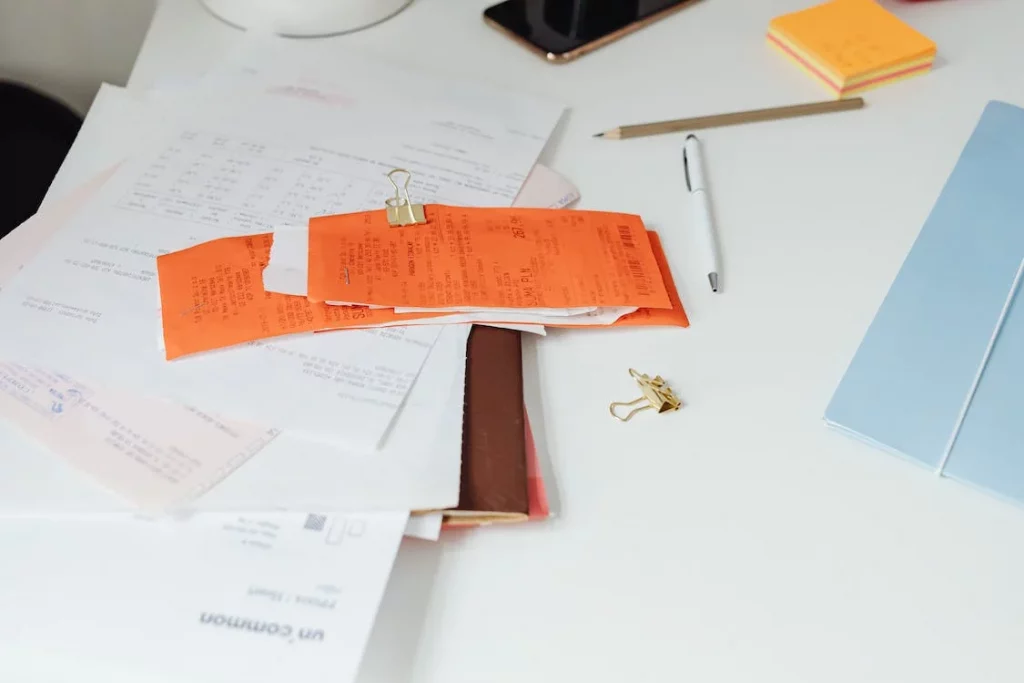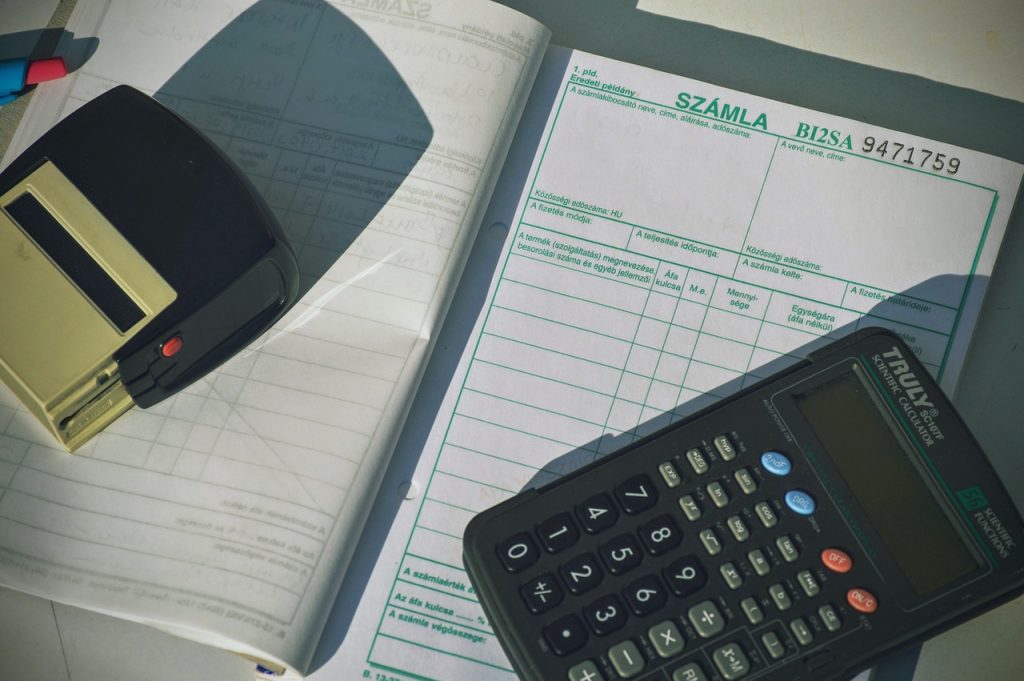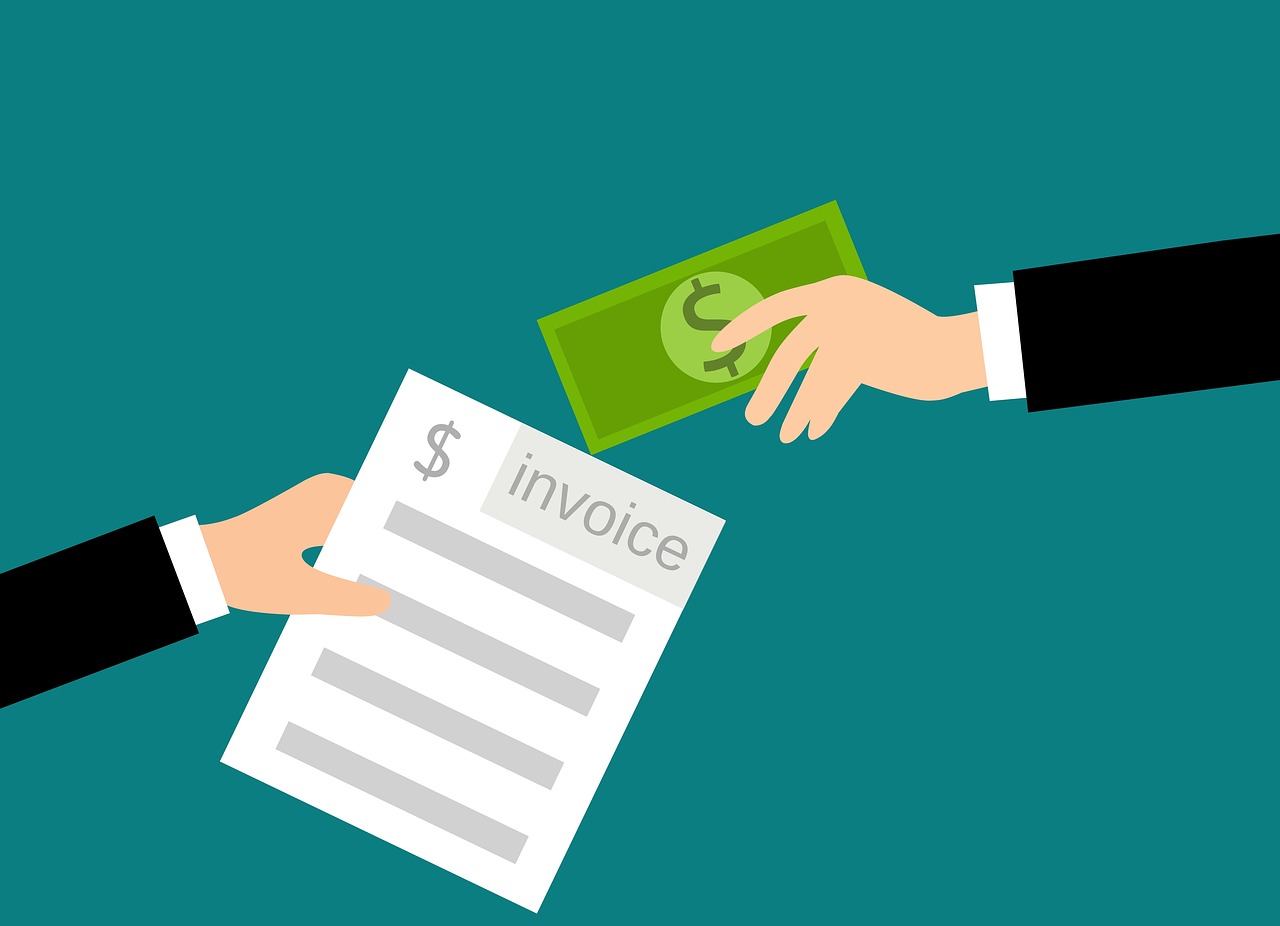What Is 3-Way Matching in Accounts Payable?
Embark on a journey with us as we demystify the concept of 3-Way Matching in Accounts Payable! This integral process, often overshadowed by more glamorous business practices, is a cornerstone for ensuring accuracy and controlling expenditures within any organization. Our comprehensive guide will delve into the heart of this process, simplifying the core components and outlining the practical steps you can take to implement it within your own business. Welcome to an improved, streamlined accounts payable process, where discrepancies become a thing of the past.
Introduction to the Concept of 3-Way Matching
In any thriving business, the efficient handling of accounts payable is as vital as it is complex. A well-executed system ensures the smooth flow of finances and builds strong relationships with vendors.
Understanding the Basics of 3-Way Matching
In essence, 3-Way Matching is a process where three essential documents in the accounts payable procedure are matched to verify that they are consistent with each other. These documents are the purchase order, the receipt, and the invoice. The main objective of implementing 3-Way Matching is to ensure accuracy in the account payable process and to prevent overpayments or duplications, which can have negative financial impacts on the business.
The Need for 3-Way Matching in Business Transactions
In a fast-paced business world, accuracy and control over financial transactions are paramount. 3-Way Matching plays an indispensable role by:
- Preventing miscommunication or misunderstanding between buyers and suppliers;
- Ensuring that businesses pay only for the goods or services they have received;
- Reducing the likelihood of discrepancies or frauds;
- Streamlining the payment process for efficiency and accuracy;
- Providing an additional layer of internal control over expenditures.
Find the best, standardized business invoice for this process using our
easy-to-use templates.

Explanation of the Three Components Involved (Purchase Order, Receipt, Invoice)
When we talk about 3-way matching, we’re referring to a triad of pivotal documents—a purchase order, receipt, and invoice. Each plays a distinct role, and their concurrence is vital to a successful 3-way match.
Understanding the Purchase Order (PO)
The Purchase Order (PO) lies at the genesis of any purchase. It is a document generated by the buyer to authorize a purchase transaction. It details the items or services requested, their quantities, and agreed-upon prices. The PO sets the tone for the transaction and acts as a legal document between the buyer and the supplier.
Essential elements of a Purchase Order include:
- Buyer and Supplier details;
- Unique Purchase Order number;
- Date of issue;
- Item or service descriptions with quantities;
- Price per unit and total cost;
- Delivery date and location;
- Payment terms and authorization.
Following this detailed list, each purchase order that you generate should include these key elements. Remember, a well-constructed purchase order serves as a clear and concise request from the buyer to the supplier and forms a legally binding agreement. It should be complete, accurate, and contain all pertinent details to avoid confusion or misunderstanding down the line.
The Role of the Receipt in 3-Way Matching
The second cog in this machine is the receipt. This document is generated when the goods or services outlined in the PO are delivered. It’s a record of what has been received, its quantity, and at what time.
An accurate receipt acts as a checkpoint to ensure that what was ordered is what has been delivered. It’s essential to include:
- Date and time of delivery;
- Detailed description of delivered items or services;
- Quantities received;
- Any discrepancies or issues upon delivery.
Once you ensure that the receipt captures these specifics, you lay the foundation for a successful 3-way match. The receipt should mirror the purchase order but also record the actual delivery, providing a reality check against the original order. If there are discrepancies between the purchase order and the receipt, they need to be addressed before proceeding further into the process.
The Invoice: The Final Piece of the Puzzle
Lastly, the supplier generates the invoice upon delivering the goods or services. This document is a claim for payment, outlining what has been delivered and how much is owed. In the 3-way match process, it’s crucial to verify the invoice against both the PO and the receipt to ensure consistency and accuracy.
Using reliable
invoice templates can help to reduce errors and streamline the invoicing process. The ideal invoice should contain:
- Supplier and buyer details;
- Unique invoice number and date;
- PO number to which the invoice relates;
- Detailed description of items or services, quantities, and price per unit;
- Total amount due;
- Payment terms and conditions.
By verifying these points on the invoice, you are ensuring the supplier has delivered exactly as per the purchase order, and that their claim for payment is accurate and justified. Regular scrutiny and verification of invoices against the purchase order and the receipt will help to maintain financial accuracy, detect discrepancies, and prevent fraud.

Importance of 3-Way Matching for Accuracy and Control
The 3-Way Matching process is not just a business practice—it’s a control mechanism designed to maintain financial accuracy and reduce the likelihood of errors and fraud in accounts payable. Let’s delve into why this approach is so vital to your business.
Preventing Fraud and Discrepancies
One of the key advantages of 3-Way Matching is its potential to prevent fraud and reduce discrepancies. By comparing the purchase order, receipt, and invoice, any inconsistency can be flagged and investigated before the payment is authorized. This cross-check ensures that only valid, accurate charges are processed, thus safeguarding your organization’s finances.
Ways in which 3-way matching helps prevent fraud and reduce discrepancies:
- Verification of Supplier: Ensures the supplier you are paying is the one you initially intended to do business with.
- Price Check: Confirms that the price billed is the one agreed upon in the purchase order.
- Quantity Control: Ensures you are being billed only for the quantity received.
- Authorization of Services: Verifies that only the services rendered are being invoiced.
With these safeguards in place, the 3-Way Matching process provides a robust defense against fraudulent activities and errors. It ensures the supplier, the prices, the quantities, and the services all align with the original order. As a result, any discrepancies can be flagged and investigated immediately, ensuring your financial integrity remains unscathed.
Streamlining Payment Authorization and Process
Apart from maintaining accuracy, the 3-way matching process also streamlines payment authorization and the overall accounts payable process. By ensuring all details are checked and cross-verified before payment, it reduces the time spent on reconciliations and error correction down the line.
Here’s how the 3-way matching process can enhance payment authorization and streamline the accounts payable process:
- Clear Record Keeping: Easy traceability and accountability of all transactions.
- Efficient Discrepancy Resolution: Faster detection and correction of errors.
- Reduced Audit Time: Simplified audit process with all necessary data readily available.
- Enhanced Vendor Relationships: Timely and accurate payments build trust with suppliers.
Implementing these steps in the 3-Way Matching process can significantly streamline your accounts payable process. By ensuring all transactions are easily traceable and discrepancies are quickly rectified, it saves considerable time and effort, which can then be focused on other vital business activities. Moreover, the process contributes to a smoother audit, and by ensuring accurate and timely payments, helps in fostering healthy, trustworthy relationships with vendors.

Step-by-Step Guide on Implementing 3-Way Matching in Accounts Payable
Establishing a reliable 3-way matching system involves meticulous planning, clear communication, and consistent monitoring. Below are the detailed steps to follow along with some best practices to ensure a seamless implementation.
Developing Standardized Purchase Orders
Purchase Orders (POs) form the foundation of the 3-Way Matching process. They represent the company’s intent to purchase goods or services. To ensure consistency and avoid potential miscommunications, it’s vital to create a standardized template for all POs. This template should encompass key elements such as buyer and supplier details, unique PO number, item descriptions with quantities, price per unit, total cost, delivery date, location, and payment terms.
Best Practice: Utilize a standardized purchase order system to not only maintain consistency but also minimize errors. This system will also provide a framework for the supplier and other parties involved, reinforcing your order and payment protocols.
Implementing Accurate Receipting
The receipting stage is where your company acknowledges the receipt of goods or services from the supplier. It’s crucial that this receipt is accurate and aligns with the PO. Each receipt should detail the date and time of delivery, descriptions of delivered items, quantities received, and any discrepancies upon delivery.
Best Practice: A real-time receipting system is advisable. It ensures the immediate availability of receipt data for the matching process and reduces the possibility of misplaced or lost documents. This in turn helps to speed up the matching process.
Employing Detailed Invoicing
Invoices from the supplier should provide a comprehensive breakdown of the delivered goods or services. Each invoice should align with the PO and the receipt and include supplier and buyer details, unique invoice number, PO number, detailed descriptions of items or services, quantities, price per unit, the total amount due, and payment terms and conditions.
Best Practice: Suppliers should be encouraged to use a standardized invoicing system for uniformity. We suggest using our
invoice calculator to verify and ensure accurate calculations.
Establishing a Three-Way Match
At this stage, the accounts payable department should perform the 3-Way Matching by comparing the PO, receipt, and invoice against each other. All details must align; any discrepancies found should be promptly investigated and resolved before proceeding with payment.
Best Practice: Consider implementing a digital system capable of automatically matching these three documents and flagging any discrepancies. This will not only improve efficiency but also significantly reduce the likelihood of human error.

Authorizing and Processing Payment
Once a successful match has been confirmed, the payment can be authorized and processed. This ensures that payments are only made for approved and verified transactions, thus maintaining financial accuracy and control.
Best Practice: It’s prudent to establish a strict payment authorization process. This process should only allow payments to be made when a successful 3-way match has been completed, adding an additional layer of security to your accounts payable process.
Taking the Guesswork Out of Your Accounts Payable
As our exploration of 3-Way Matching in accounts payable comes to an end, we hope that you have gained insights into how this powerful method can transform your financial operations. It enhances financial accuracy, promotes control, and establishes a layer of trust within your business transactions.
By carefully implementing the process, you can ensure that every dollar paid aligns perfectly with the goods and services received, effectively putting an end to discrepancies or fraudulent transactions. Remember, it’s not just about reducing errors, but also about cultivating business relationships based on trust and transparency.
Implementing 3-Way Matching is a decisive step toward financial integrity. Remember, whether you need assistance with invoice calculations or are seeking reliable invoice templates, our
resources are always available to you








